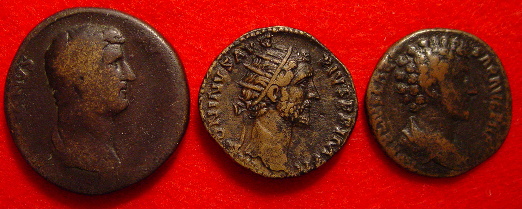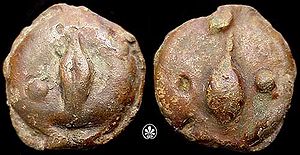In the previous article of this series I gave a definition of character "value" which is the power the character has to influence the game and take the spotlight. I gave a brief example of how a character's value depends not only on the character class, but also on how worn out it may be, and how usable its powers are at that given moment in the story.
A lot of games try to set a boundary to the character's strength by setting a progression path with classes and levels. This limits the power a character can have at a given time, but also limit the possibilities the player has. The game says your character can do all this, but nothing more. This is what I call preemptive balance. The character classes are designed to balance the character's power.
A mechanism I'm preferring now is realtime table top balance. Do so by measuring what the character has power to do. Instead of saying the character can have such and such spell or make so many attacks per round I prefer a design based on values that allow actions to the players. Mana for magic, stamina for harm and damage, will power for world affecting actions and resisting spiritual damage, and fatigue to limit activities.
Instead of designing a fighter based on combat skills, weapon proficiencies and and attacks per round I can establish a certain amount of physical condition points. A character can now have all sorts of special training and proficiencies. Combat can become diverse and adaptive to the situation. She can fight two handed, with shield, or without and change weapons. The constraint is laid on the amount of physical stress she can handle. After all with 50 points to spend on fatigue there is a limit to what can be done and obviously more powerful and fancy maneuvers cost more.
Spells work out the same way. By limiting mana you can limit the amount of spells to cast in a period of time and by associating fatigue to spell casting you can also control the amount of spells used in a period of time.
The other key element is the concept of XP Tax. Some games use levels to limit progression. As each level is bound to a certain amount of XP required to achieve it. These levels grant skills and powers to characters or points to purchase things in a point-buy mechanism. The XP Tax mechanism works by taxing the character's XP for all that which she already knows and needs to maintain. Our fighter needs to keep up her training and the more training she has the more expensive it is to maintain. This opens up the possibility for new learning rules. Quit paying, lose the skill and learn something new in its place.
Balance is thus achieved not by thinking beforehand how all the pieces fit together, but rather by setting a numeric value and a cost attached to all items. It is easier to compare two characters by saying this has 50 mana and this one 80 than by trying to rank spell vs spell. Characters with 50 fatigue points each are pretty similar in the amount of actions they can take, what they actually do is quite another thing and depends on the player and the gear equipped.
There are quite a few things I like about this mechanism:
- You can arrive at character classes very easily while still having all the flexibility in the world. This helps entry level GMs and players.
- You can easily build more into the game. Since each power or skill is ranked so to speak you don't need to reevaluate a whole class just because five more skills were added. Just define the new skills with their strength and cost and any character can pick it up as long as the price is paid at purchase time and afterwards in maintenance costs.
- You have a power cost documented so it helps as a reference to creative players and GMs who want to expand the system.
- You have a simple system to fine tune. If you find a skill too powerful just increase the cost and it will balance itself relative to other skills. Want a world where magic is scarce? Just multiply mana costs by 10.
- For my more computer savvy readers it will be clear that a simple program can be written out to intensively playtest and balance the system.


